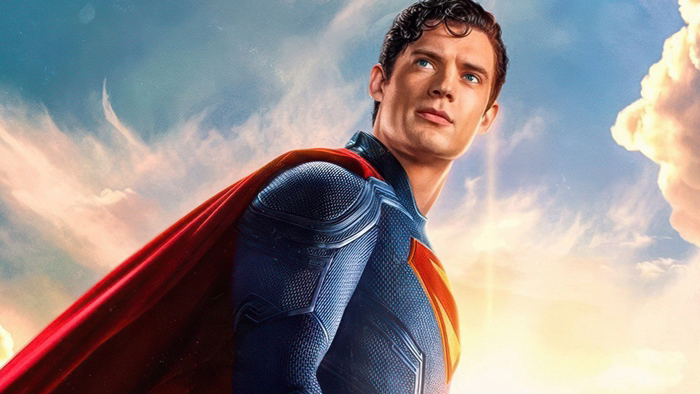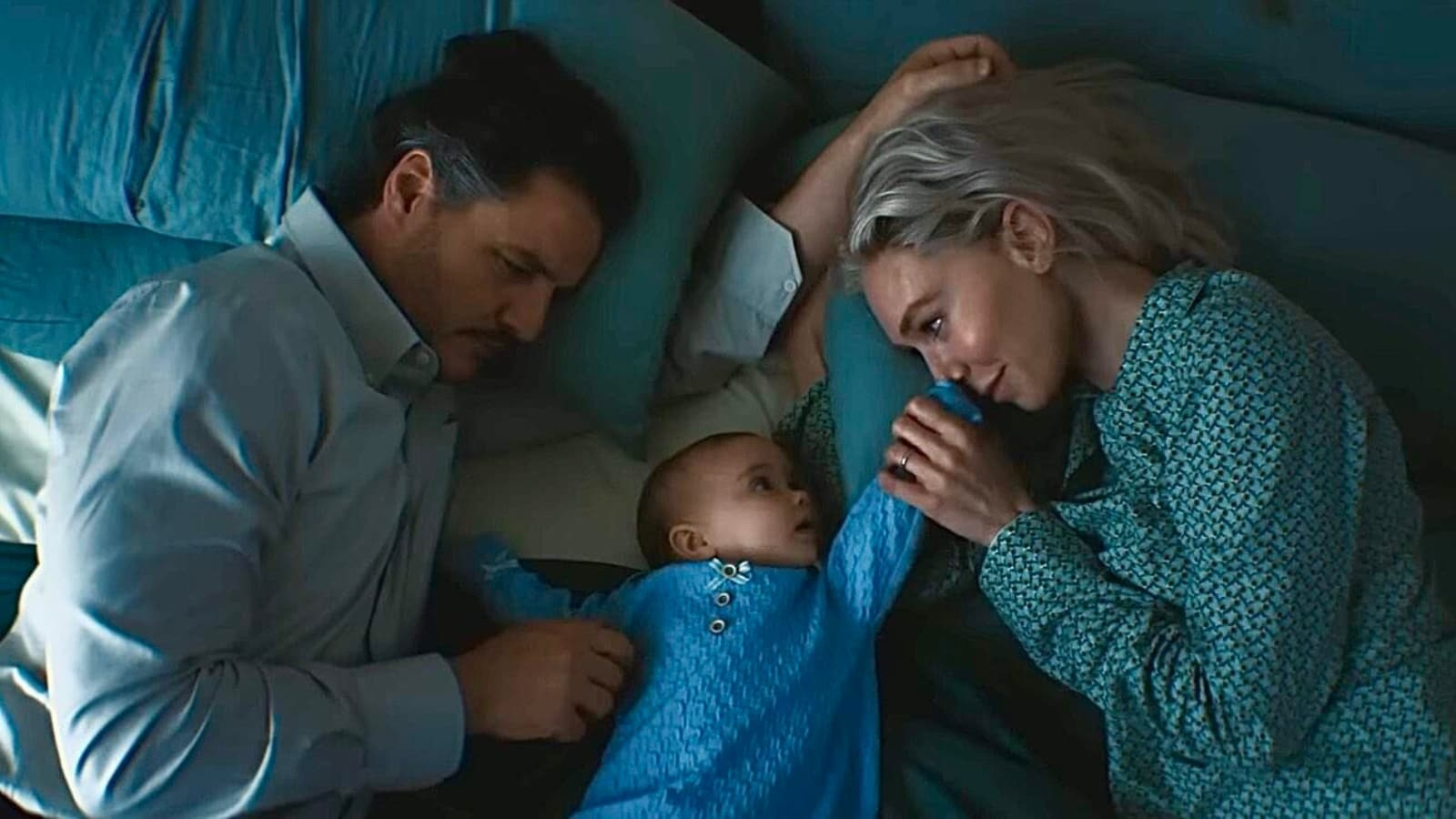'Superman' review: James Gunn's Superman balances charm with chaos
Superman (2025) arrives burdened by expectations few films would want to carry. More than just another iteration of a classic comic book character, this marks the foundational step for a newly minted cinematic universe from DC Studios. At the center of this endeavor stands James Gunn, who not only directs but also pens the screenplay. Following his success with Marvel's Guardians of the Galaxy series and DC's The Suicide Squad, Gunn was tapped to set the tone for Warner Bros. Discovery’s latest superhero venture. Under CEO David Zaslav, who has aggressively reshaped the studio’s strategy by shelving and selling off completed content, Superman’s commercial success may prove pivotal for the entire DC Universe slate titled “Gods and Monsters.”
James Gunn’s Superman (2025) delivers strong performances and vibrant visuals but stumbles with overcrowded plotting and rushed franchise setup.
Warner Bros.
DC’s previous shared universe collapsed under the weight of inconsistent storytelling and dwindling box office returns. As Warner Bros. Discovery seeks to compete with the Marvel Cinematic Universe's enduring popularity, the launch of Superman feels like a calculated high-stakes gamble. In some ways, history repeats itself; Zack Snyder’s Man of Steel had once been saddled with a similar challenge back in 2013. Gunn’s Superman now enters theaters with even more corporate pressure, an impatient fan base, and a multimedia blueprint relying on a single film to establish a sprawling fictional world.
Demands from audiences and executives alike have resulted in near-impossible expectations. Fans have long yearned for a lighter, more hopeful version of Superman—something James Gunn specifically promised to deliver. Following the soft debut of the DCU in the animated Creature Commandos, this film is expected to depict a universe already inhabited by well-known comic book icons. That anticipation has led to speculation that Superman would be a genre-defining leap forward for superhero storytelling. Within the film, familiar characters like Lois Lane, Clark Kent, and Jimmy Olsen gather in the bustling offices of the Daily Planet, gazing up at news screens that reflect a world already thick with superhuman activity.
Audience expectations, however, may require recalibration. Gunn’s Superman is carried primarily by its lead cast rather than its overarching structure. The film succeeds in portraying an earnest, compassionate Superman that hasn’t been seen on screen since the Christopher Reeve era. Yet, to fully appreciate the film’s heartfelt strengths, viewers must navigate one of Gunn’s most fragmented narratives to date. Superman drops audiences directly into a vast universe where numerous heroes and villains already operate, forcing them to play catch-up through dense exposition. This narrative density, while ambitious, may leave casual viewers feeling overwhelmed or disconnected.
The story opens with a wall of text revealing that metahumans have existed for centuries, establishing a pseudo-history of powered beings. Kal-El’s arrival on Earth occurred three decades ago, though his emergence as Superman only began three years before the events of the film. Audiences first meet him not during a moment of triumph, but as he grapples with his initial defeat. This choice creates a compelling sense of immediacy, reminiscent of starting a new comic series where a fresh creative team inherits a legendary character. However, the brisk narrative pace introduces its own set of problems.
The comic book-inspired structure of Gunn’s script will appeal to seasoned fans but may alienate newcomers. Key elements of Superman’s backstory, including the formation of his public identity and romantic bond with Lois Lane, are established off-screen. Lex Luthor, portrayed by Nicholas Hoult, is already orchestrating a vast scheme against Superman—though the two have yet to share a meaningful scene by the time his plan takes shape. Essential narrative threads rely on the audience’s ability to interpret the film’s opening exposition and fill in narrative blanks on their own.
Though the film attempts to sidestep traditional origin story tropes, its narrative becomes bogged down by loosely connected episodes. Lex’s convoluted scheme serves as the story’s spine, but it's surrounded by numerous subplots and interludes. These moments introduce an ensemble of lesser-known DC heroes such as Mister Terrific (Edi Gathegi), Green Lantern Guy Gardner (Nathan Fillion), Hawkgirl (Isabela Merced), and Metamorpho (Anthony Carrigan), in addition to staple characters like Jimmy Olsen. Gunn, known for effectively juggling ensembles, stretches that skill thin here, as Superman’s own journey is sidelined to make room for universe expansion.
To his credit, Gunn never loses sight of Superman entirely. The film is unquestionably centered on the Man of Steel, though his time is increasingly split between world-building obligations and personal arcs. Notably, the trio at the film’s core—Superman, Lois Lane, and Lex Luthor—rarely share the screen until late in the film. Their connections are communicated more through performance than dialogue, as the screenplay often shifts focus to ancillary characters or secondary action sequences.
David Corenswet proves to be a standout, infusing Superman with a refreshing blend of confidence and humility. Drawing from roles in The Politician, Hollywood, and Pearl, Corenswet captures the character’s inner nobility and outward strength. His Superman strikes the right balance between gentle idealism and forceful heroism. Opposite him, Rachel Brosnahan’s Lois Lane commands the screen with intelligence and charisma, reinforcing her role as both reporter and romantic partner. However, their relationship lacks on-screen development, with emotional beats explained through dialogue rather than fully dramatized scenes.
Nicholas Hoult’s portrayal of Lex Luthor stands as one of the film’s most dynamic turns. He manages to be simultaneously absurd and menacing, projecting the energy of a tech mogul whose confidence conceals malevolent intent. Unlike Jesse Eisenberg’s polarizing version of the character, Hoult’s Lex blends humor with a real sense of danger. The performance veers into caricature at times, but remains rooted in the character’s manipulative intelligence. Hoult’s version of Lex emerges as a formidable adversary worthy of future appearances.
Visual critiques have surfaced online regarding the film’s stylized aesthetic. Cinematographer Henry Braham, working once more with Gunn, delivers a saturated palette that leans into comic book sensibilities. Sunlit hues and pastel contrasts mirror the tone of animated series or classic strips. Certain CGI effects—particularly during high-speed aerial sequences—appear uncanny, though this is often par for the course in superhero spectacles. One recurring issue lies in the score: John Murphy’s frequent use of John Williams’ legendary Superman theme walks a fine line between homage and overuse, often undercutting emotional moments with nostalgia.
Narrative cohesion remains Superman’s Achilles’ heel. Loud, effects-driven set pieces dominate the second half of the film, and while they demonstrate Gunn’s flair for spectacle, they lack the clarity and buildup to make them memorable. The real emotional weight lies in Corenswet’s portrayal, which anchors the film even during its most chaotic stretches. Gunn’s vision for Superman as a beacon of self-determined hope rings clear through the lead actor’s performance. Though Krypto the Superdog and Mister Terrific provide levity and intrigue, it’s ultimately the central hero’s moral compass that gives the film its soul. Whether that’s enough to sustain audience interest across future DCU installments remains uncertain.










